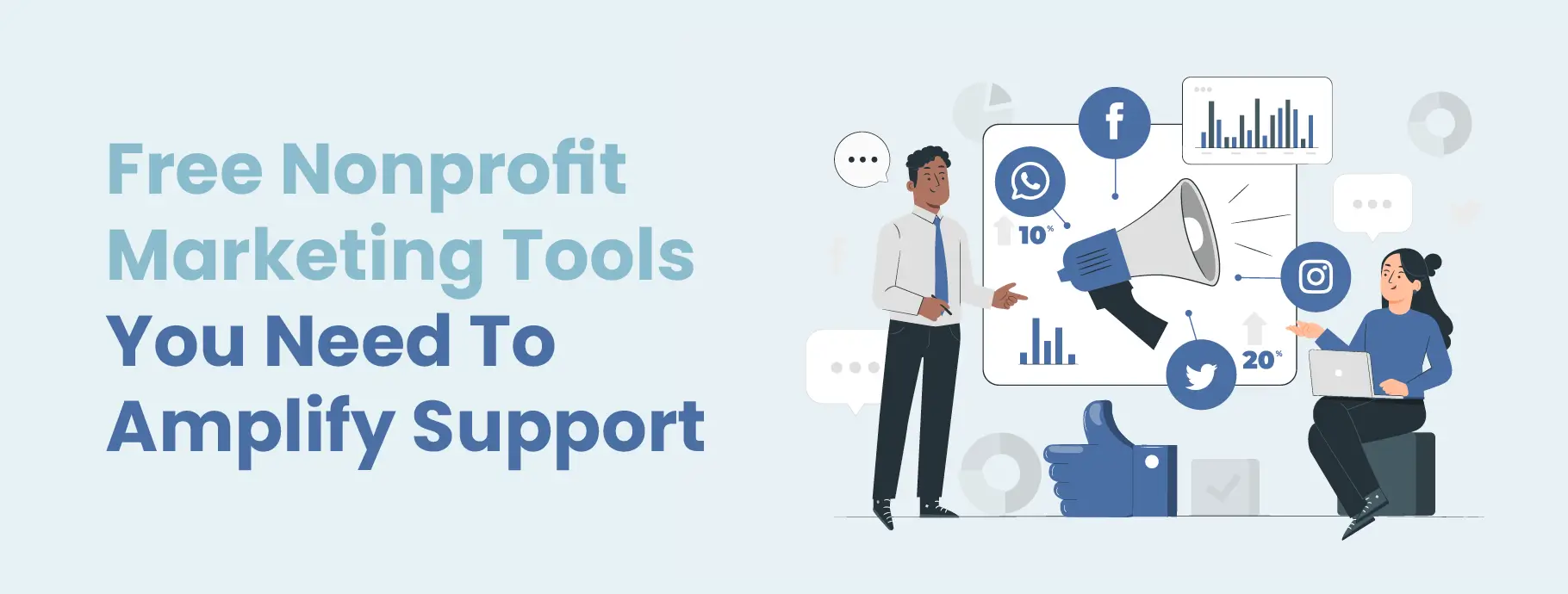Evaluating the Difficulties and Opportunities Faced by a Nonprofit Firm in Getting Its Objective and Goals in Today's Culture
In the present landscape, not-for-profit agencies are navigating a complicated array of obstacles, such as changing financing resources and enhanced competitors for contributor involvement. These problems, while discouraging, can also unlock opportunities for technology and collaboration that might improve their capacity to accomplish missions. By analyzing just how nonprofits can purposefully adjust to these dynamics, we can uncover not only the techniques they utilize to conquer challenges however also the untapped possibility that exists within their operational structures. What remains to be seen is exactly how these organizations will certainly harness these chances to redefine their effect in culture.
Current Landscape for Nonprofits
The existing landscape for nonprofits is defined by a complex interaction of developing funding designs, increased competitors for donor interest, and enhancing needs for liability and openness. Not-for-profit organizations are significantly diversifying their revenue streams to include gives, specific donations, business sponsorships, and social venture efforts. This change reflects a tactical reaction to conventional financing sources ending up being extra competitive and unforeseeable.
In addition, the increase of electronic communication platforms has transformed how nonprofits engage with possible contributors. Social media site, crowdfunding, and on-line projects are now vital tools for getting to more comprehensive audiences, yet they also intensify competitors amongst companies striving for limited sources. In this environment, nonprofits should improve their messaging to efficiently capture the interest and commitment of supporters.
Furthermore, stakeholders are requiring greater transparency regarding just how funds are designated and the quantifiable impact of nonprofit tasks. This trend necessitates that organizations adopt durable responsibility procedures, consisting of detailed reporting and examination structures, to show their performance. Subsequently, the not-for-profit sector is browsing a landscape that requires cutting-edge thinking, calculated versatility, and a commitment to moral methods in order to thrive in the middle of these vibrant difficulties and opportunities.
Secret Challenges Encountered
Browsing the nonprofit market provides a myriad of difficulties that can hinder business performance and sustainability. One of one of the most important problems is the dependence on inconsistent funding sources. Nonprofits commonly depend on gives, donations, and federal government assistance, which can vary dramatically, causing financial instability and troubles in long-lasting preparation.

Staff retention and volunteer involvement position further difficulties, as several nonprofits struggle to offer competitive salaries and benefits. The high turn over prices can interfere with organizational connection and influence service delivery.
Moreover, adapting to technical improvements and electronic transformation remains an obstacle for lots of nonprofits. A lack of sources and know-how can prevent companies from leveraging modern technology properly, thus restricting their outreach and effectiveness.
Inevitably, these challenges call for nonprofits to use tactical preparation and innovative strategies to preserve their goal and guarantee sustainability in a complex landscape. nonprofit agency.
Emerging Opportunities
How can nonprofits harness arising opportunities to boost their influence? In today's swiftly progressing landscape, nonprofits have the opportunity to take advantage of technological innovations, moving social characteristics, and enhanced public awareness to enhance their objectives. The increase of electronic platforms permits organizations to increase their reach, engaging with varied target markets and promoting area links. By utilizing social media sites and on-line fundraising devices, nonprofits can raise visibility and bring in younger benefactors that are extra inclined to support causes they resonate with.
Furthermore, collaboration with companies and various other fields is becoming a lot more common, providing nonprofits with access to resources, experience, and cutting-edge remedies. Partnerships can magnify campaigns, drive neighborhood interaction, and create lasting influences. Additionally, the expanding focus on business social duty provides nonprofits possibilities to align with organizations that focus on social influence, getting financial assistance and shared objectives.
The increasing concentrate on data-driven decision-making makes it possible for nonprofits to better analyze their programs and end results, boosting responsibility and efficiency. By accepting these emerging chances, nonprofits can not just fortify their operational capabilities however also broaden their influence in dealing with pressing social problems, eventually driving purposeful modification in their areas.
Strategies for Adjustment
Adapting to a regularly changing atmosphere is essential for click over here now nonprofits intending to maintain their influence Full Report and performance. To navigate the intricacies of modern-day society, nonprofits must execute critical strategies that enhance their strength and responsiveness.
One trick technique includes leveraging modern technology to expand and streamline procedures outreach. By making use of electronic platforms, nonprofits can enhance communication with stakeholders, boost fundraising efforts, and increase understanding of their objective. Additionally, embracing data-driven decision-making techniques allows organizations to evaluate their programs' effectiveness and readjust approaches based upon empirical proof.
Partnership with other organizations-- both for-profit and not-for-profit-- can cultivate resource sharing and advancement. nonprofit agency. Partnerships can lead to common competence, funding opportunities, and expanded networks, inevitably amplifying the cumulative effect
Moreover, cultivating a culture of versatility within the organization is essential. Training personnel to accept adjustment and motivating imaginative analytical can equip teams to react effectively to arising challenges.
Case Research Studies and Success Stories
Successful adjustment techniques in the not-for-profit market can frequently be illustrated via compelling study and success tales. One notable instance is the "Feeding America" network, which transformed its operations throughout the COVID-19 pandemic. By leveraging technology and area partnerships, the company scaled its food circulation efforts to satisfy the unprecedented demand, offering millions of households that faced food insecurity.
An additional impactful case is the "Boys & Girls Clubs of America," which adjusted its programs to a virtual format throughout lockdowns. By presenting on the internet mentorship and interesting activities, they preserved links with youth throughout the nation, guaranteeing ongoing assistance and advancement regardless of the challenges posed by social distancing.
Likewise, the "World Wildlife Fund" has actually successfully integrated community-based preservation strategies, encouraging local populations to take part in wild animals defense initiatives. This technique not get more just fosters area possession yet additionally enhances ecological sustainability.
These study highlight exactly how nonprofits are not just resolving prompt obstacles yet are also creating long-term services that align with their missions. By sharing such success stories, organizations can inspire others to adjust and introduce, ultimately driving favorable change within their communities.

Verdict
In conclusion, nonprofit agencies today navigate a complex landscape characterized by financial instability, competition, and workforce obstacles. Nonetheless, the possibility for growth and development remains significant. By welcoming electronic outreach, cultivating cooperations, and applying data-driven techniques, these companies can improve their operational effectiveness and much better line up with neighborhood requirements. Ultimately, addressing both challenges and chances will be important for nonprofits to meet their objectives and achieve long lasting impact in society.
In the existing landscape, nonprofit firms are navigating an intricate array of obstacles, such as fluctuating financing resources and enhanced competitors for benefactor engagement. The not-for-profit sector is browsing a landscape that requires cutting-edge thinking, calculated flexibility, and a commitment to honest techniques in order to prosper amidst these vibrant challenges and possibilities.
Navigating the nonprofit field offers a myriad of challenges that can hinder business performance and sustainability.In conclusion, not-for-profit agencies today navigate an intricate landscape characterized by monetary instability, competitors, and labor force challenges. Ultimately, attending to both possibilities and obstacles will certainly be important for nonprofits to fulfill their objectives and attain long lasting effect in culture.